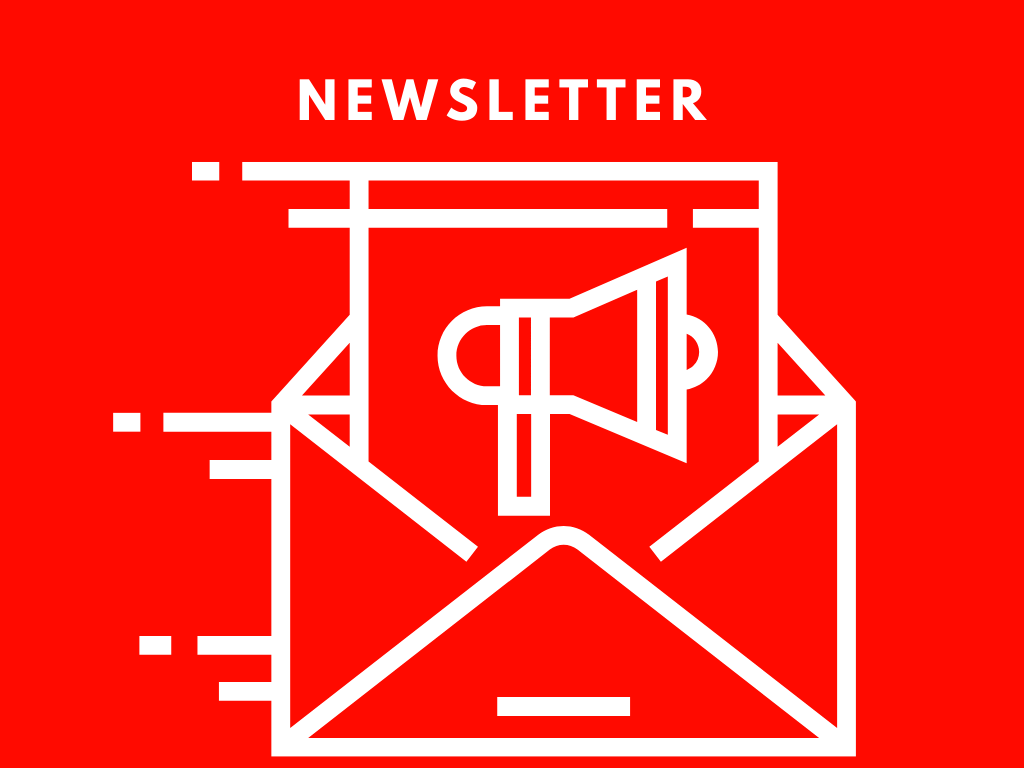Introduction
Facebook has recently updated its ad campaign structure, introducing a significant shift in how audiences, bidding, and placements are managed. Previously, these settings were defined at the ad level, but with this update, they are now managed at the ad set level.
This change aims to enhance advertisers’ ability to test different creatives against the same budget, audience, and placement, leading to more effective ad campaigns. Let’s explore what this means for your business and how you can optimize your Facebook ads under the new structure.
Table of Contents
- Understanding Facebook’s New Campaign Structure
- How the Update Affects Advertisers
- Best Practices for Ad Set Optimisation
- Case Study: PLAE, Inc.’s Success with the New Structure
- Step-by-Step Guide to Setting Up Ads Under the New Structure
- Common Mistakes and How to Avoid Them
- FAQ Section
- Conclusion
- Get Expert Help from SBC Marketing London
1. Understanding Facebook’s New Campaign Structure
Facebook’s campaign structure now consists of three levels:
- Campaign: Defines the overall goal of the ads (e.g., brand awareness, conversions, lead generation).
- Ad Set: Determines the audience, bidding, and placement.
- Ad: Contains creative elements like images, videos, and text.
The biggest change is that targeting, bidding, and placement are now managed at the ad set level instead of at the ad level. This ensures consistency across ads within an ad set, making it easier to compare performance and optimise campaigns efficiently.
2. How the Update Affects Advertisers
Benefits
✅ Easier A/B Testing – Test different creatives without changing audience settings. ✅ More Data Consistency – Avoids conflicting audience targeting. ✅ Better Budget Allocation – Focus spending on top-performing ads.
Challenges
❌ Learning Curve – Advertisers need to adjust their strategy. ❌ Manual Migration – Existing campaigns may need restructuring.
3. Best Practices for Ad Set Optimisation
- Create an Ad Set for Each Audience – This helps in understanding which audience performs best.
- Use Multiple Ad Variations – Test different creatives to see what resonates with your audience.
- Leverage Automatic Placements – Allow Facebook to optimise delivery across platforms.
- Monitor Performance Metrics – Adjust underperforming ads quickly.
4. Case Study: PLAE, Inc.’s Success with the New Structure
PLAE, Inc. leveraged Facebook’s updated structure to improve its ad efficiency:
- 250% increase in quarterly sales
- 10% decrease in customer acquisition costs
- 10% increase in average order value
Quote: “Eighty percent of our first-time customers now first saw PLAE through Facebook,” – Jeff Ha, VP of eCommerce.
5. Step-by-Step Guide to Setting Up Ads Under the New Structure
Step 1: Define Your Campaign Objective
Choose an objective that aligns with your marketing goals (e.g., conversions, engagement, or traffic).
Step 2: Set Up Your Ad Set
- Choose your audience
- Set your budget and bidding strategy
- Select placements (automatic or manual)
Step 3: Create Your Ads
- Use high-quality images/videos
- Write engaging copy
- Include a clear CTA (Call to Action)
Step 4: Monitor and Optimise
- Analyse performance in Facebook Ads Manager
- A/B test different creatives
- Adjust bids and budgets accordingly
6. Common Mistakes and How to Avoid Them
| Mistake | Solution |
| Running only one ad per ad set | Test multiple creatives to find what works best |
| Overlapping audiences across ad sets | Ensure audience segmentation is unique |
| Ignoring placement optimisation | Use automatic placements for better reach |

7. FAQ Section
1. How does this Facebook update impact existing campaigns?
Existing campaigns will continue running with their current settings, but Facebook will require migration to the new structure after a transition period.
2. Will this change affect ad performance?
Yes, advertisers who optimize under the new structure may see improved performance due to better audience and budget control.
3. Do I need to change my bidding strategy?
No, but you should review your settings to ensure they align with your campaign goals.
4. Can I still target multiple audiences in one campaign?
Yes, but you should create separate ad sets for each audience to avoid overlap.
5. Is manual migration required?
Not immediately, but Facebook provides tools to help migrate existing ad sets.
6. Where can I get more information on the Facebook update?
Visit Facebook’s Help Center for detailed guidelines.
8. Conclusion on Facebook Update
Facebook’s new ad campaign structure offers better control, improved testing, and more efficient budget allocation for advertisers. By adopting best practices and optimizing ad sets effectively, businesses can achieve higher engagement, lower acquisition costs, and improved conversion rates.
9. Get Expert Help from SBC Marketing London
Navigating Facebook’s new ad campaign structure can be challenging, but you don’t have to do it alone. SBC Marketing London specialises in helping small business owners, entrepreneurs, and startups implement these changes effectively, ensuring you maximize your ad spend and reach the right audience.
📈 Need help optimising your Facebook Ads? Contact SBC Marketing London today for a FREE consultation and take your digital marketing strategy to the next level! Visit our website to learn more.


